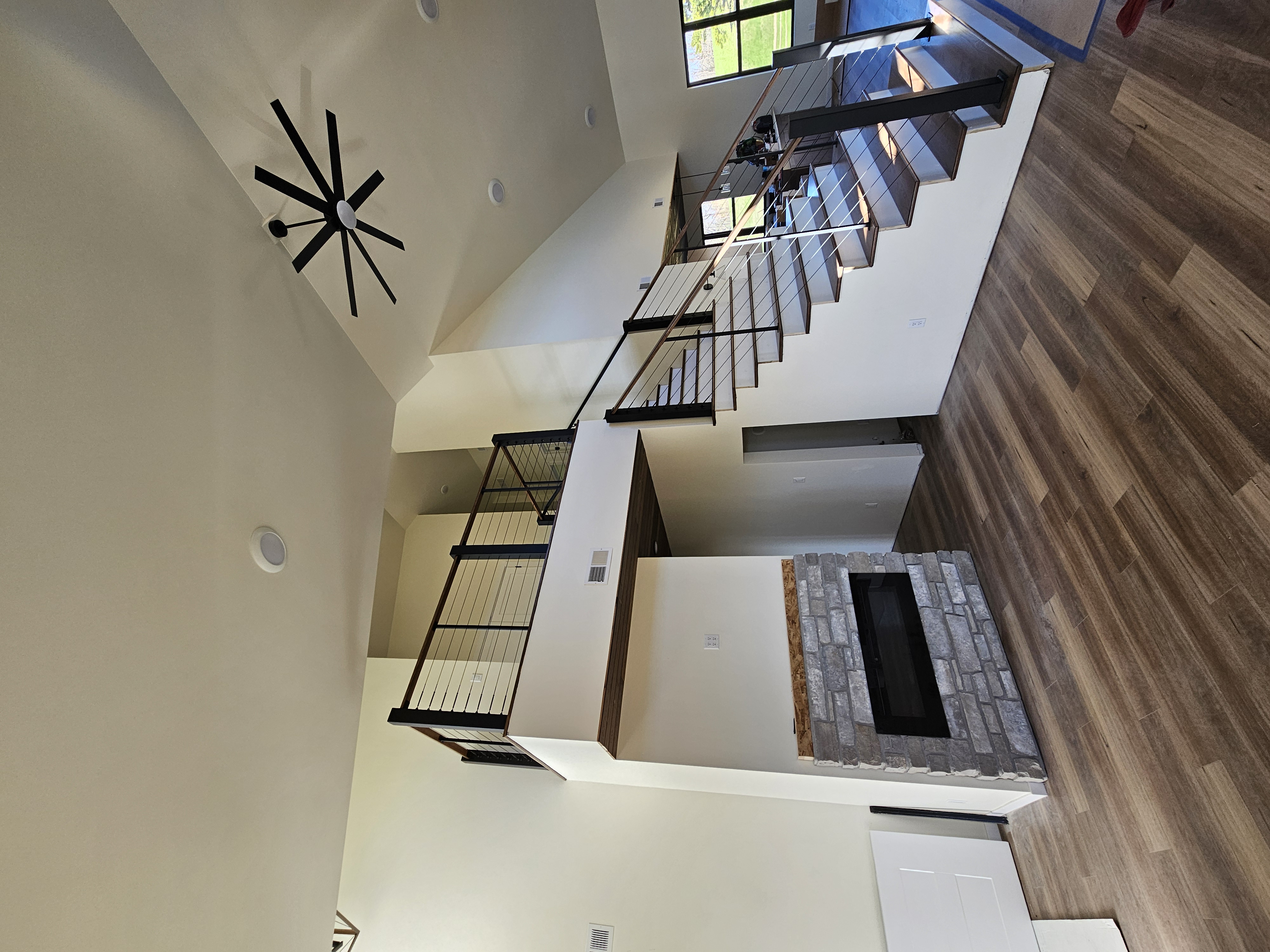
Mastering the Art of Railing Design: A Guide for Architects Aug 02, 2025
Raillings aren't just structural necessities; they serve as critical elements in the overall architectural design. A well-designed railing can transform a mundane space into a visual delight. It sets the tone and ensures safety without compromising on style. It's imperative for architects to consider materials, design styles, and functionality from the outset of any project.
Materials play a pivotal role in determining the atmosphere and durability of a railing. Timber Concepts specializes in wood, but also advocates for using mixed materials, such as metal and glass, to complement wood. Wood offers a natural warmth and texture that can add an organic feel to modern spaces or maintain historical integrity in traditional designs. Meanwhile, incorporating metal and glass elements can add a contemporary flair or provide minimalistic accents that maintain open views, particularly in projects where natural light is key.
Style is another crucial aspect of railing design. The challenge lies in selecting a style that not only complements the project's overall theme but also resonates with the intended audience. Timber Concepts advises architects to consider the architectural language of the surrounding environment. For instance, opting for sleek, minimalist railings works well in urban settings, while ornate, classic designs might suit restorations or historical buildings better. The company also highlights the trend towards customization, offering architects endless possibilities in creating unique design elements that reflect their personal vision.
Functionality remains at the core of any railing design. Architects must remember that a beautiful design is rendered ineffective if it doesn't meet safety standards or practical needs. Timber Concepts ensures all their railing designs adhere to rigorous safety regulations, offering peace of mind to both architects and end users. Additionally, architects should factor in maintenance requirements. Choosing materials and finishes that are durable and easy to maintain can significantly enhance the longevity of the design, keeping the railing in impeccable condition for years to come.
Incorporating sustainability into railing designs is increasingly important in today's environmentally conscious world. Timber Concepts recommends using sustainable materials and finishes that minimize environmental impact. Architects can leverage timber sourced from sustainably managed forests and finishes that are low in volatile organic compounds. This approach not only meets eco-friendly standards but also appeals to a growing client base that values sustainability in design.
In conclusion, mastering the art of railing design is about finding the perfect balance between aesthetics, functionality, and sustainability. By carefully considering materials, styles, functionality, and environmental impact, architects can create stunning spaces that captivate and protect. Timber Concepts is dedicated to assisting architects in achieving these goals, providing expertise and quality products to ensure every project exceeds expectations. As architects continue to push the boundaries of design, the role of railing design will undoubtedly remain integral in crafting spaces that inspire and endure.
/filters:no_upscale()/media/17c47ac4-52ef-4e9c-a035-4958ebc89cbd.jpeg)
/filters:no_upscale()/filters:format(webp)/media/dfe3ec1e-8e45-496b-8026-4e397360c009.jpeg)